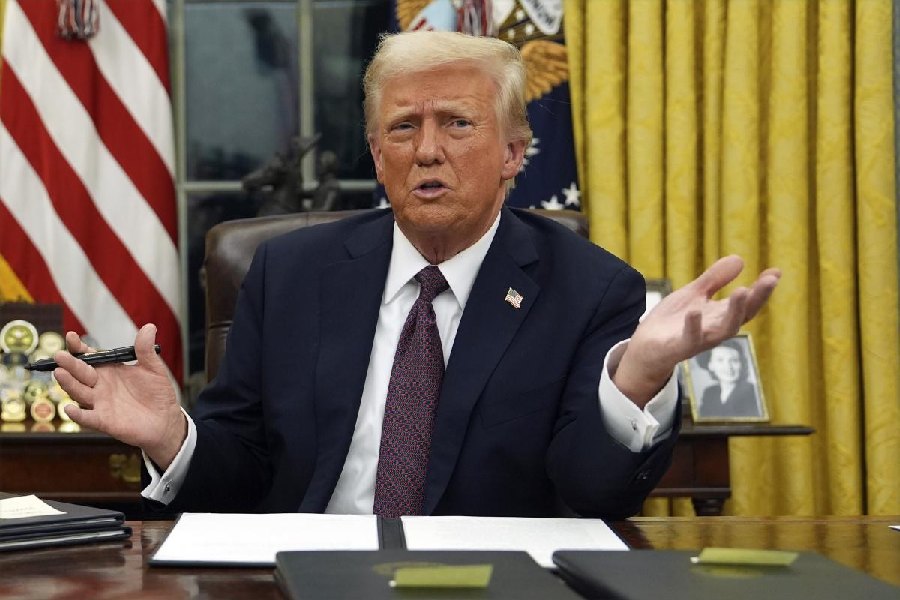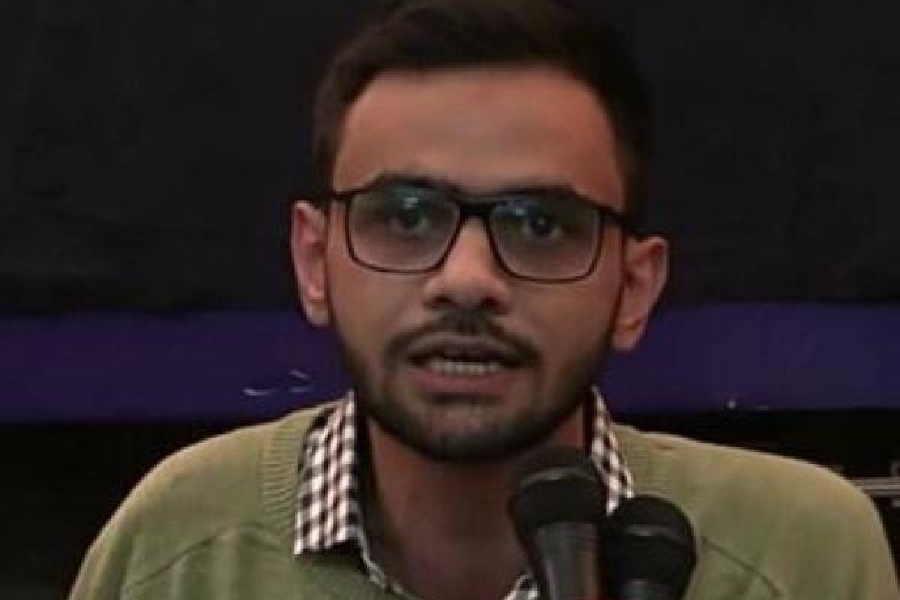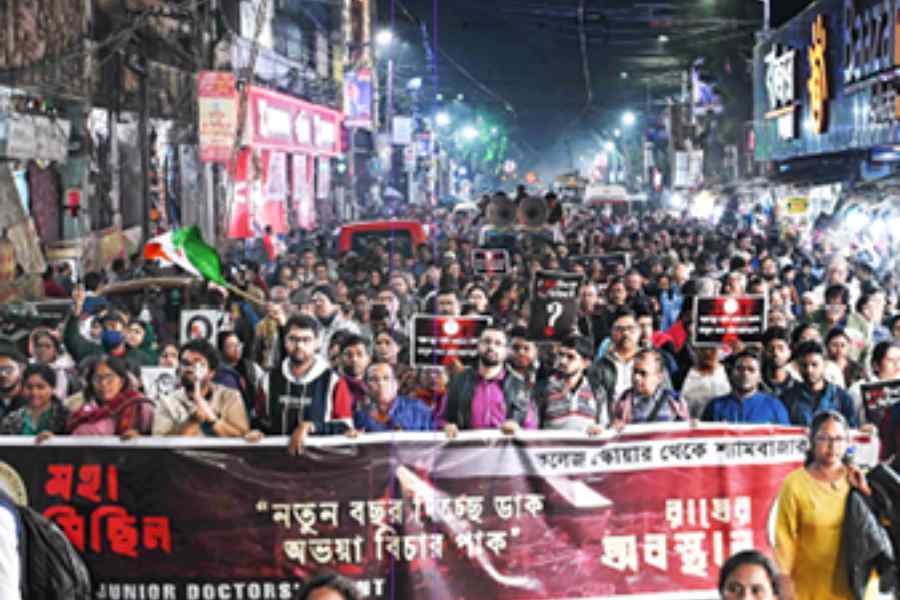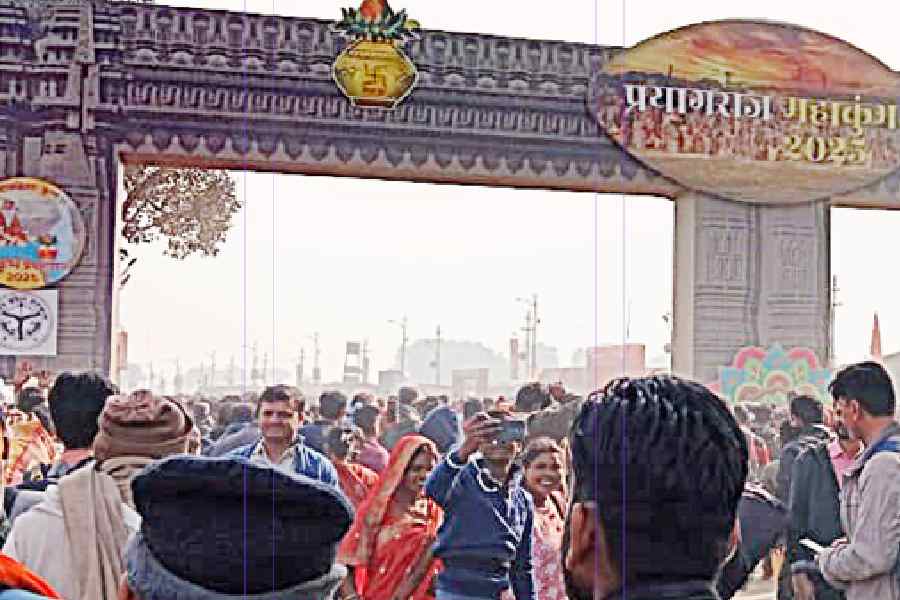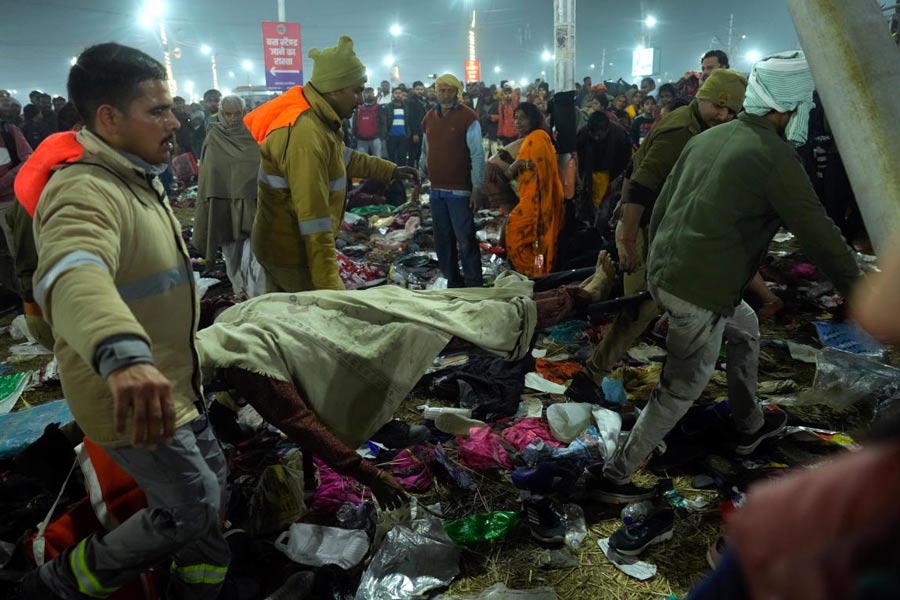The story of how India gained Independence from British rule has been documented numerous times on screens big and small. But what happened in the few days preceding that, in which a few men had to take some very tough decisions behind closed doors that led to India being divided and Pakistan coming up as a separate country, is not as well known.
Freedom at Midnight, a six-part series directed by Nikkhil Advani and adapted from the 1975 book of the same name written by Dominique Lapierre and Larry Collins, attempts to chronicle what went into the birth of India and Pakistan and the bloody eventuality that followed. Before the series premieres on November 15 on SonyLIV, t2 chatted with Advani on his ambitious project.
‘The history you may not know, the history you should know’ has been the promotional campaign of sorts for Freedom at Midnight. Was that the primary reason to adapt it to screen?
Yes. The line was a passing remark made by Danish Khan (of SonyLIV) and I am glad it has become the logline for the series while writing, shooting and now putting it out to the audience.
In today’s times, the history we are subjected to has become somewhat questionable, right? We also pass judgment easily. In this series, one will get to see how men made of steel took some very difficult decisions that possibly they were not all in consensus with. That was a driving factor for me to make Freedom at Midnight.
We all know that India got Independence at the midnight hour of August 14-15, 1947. It resulted in Partition. But what were the events that led to it? Was it an easy decision to make? What did it result in? What were the fissures and friction created? These are important questions that I wanted to find the answers to.
The book (Freedom at Midnight by Dominique Lapierre and Larry Collins) was always the starting point for me. I read it as a young boy. The book is pretty pulpy and it doesn’t claim to be a completely accurate document of history. But it did have access to Lord Mountbatten’s journals. There is a bit of a Western gaze in the book which we chose to move away from in the series.
What kind of an impact did the book have on you when you read it as a young boy?
As a teenager, I felt it was an incredible story. The book is almost like a thriller. I grew up reading all the books written by Dominic Lapierre and Larry Collins. And then, Gandhi the film (directed by Richard Attenborough) made a huge impression on me. The opportunity to adapt the book was a very difficult one to pass on.
Whether it is Airlift, Batla House, Vedaa, Rocket Boys or even Mrs Chatterjee vs Norway... in my films, I have always been interested in exploring the evolving concept of patriotism.
In Freedom at Midnight, I had the opportunity to talk about extraordinary men and the effect of their decisions on a country which was scared and anxious during a very confused and violent time in our nation’s history. What we are trying to say is that in hindsight, you may not agree with some decisions that were taken by a handful of people at that time but you need to understand what led to those decisions.
This looks like an incredibly challenging project to make...
In 2020, SonyLIV told me that they had the rights to the book. We started the process of putting the writing team together. We had to figure out how much to stick to the book and how much to go out of it. The book is pretty well researched and stresses on the idea of the sacrifice of many for the ambition of one. That line became my mantra during the process of making this series.
I think by now people think ke Nikkhil ne itne saare period shows kar liye hain toh uske paas sab props and costumes ready rahenge! (Laughs) But I have only done Rocket Boys and now Freedom at Midnight from that period.
The challenges are multifold when you are taking on the responsibility of telling the story of Gandhi and Nehru, Sardar (Vallabhbhai Patel), Jinnah and Maulana (Azad). It is not as easy as working on the graph of a fictional character. You have to realise that there are a lot of people who possibly know more about the character that you are defining on screen than you do. So you have to be really careful with that.
What in the book took you completely by surprise?
The book is not so much about the larger picture of the Independence we got from the British. All of us have studied that in school or read in history books. The kind of things in the book that I knew I had to include in the series was the fact that Sardar was actually the one chosen to be Prime Minister, but Gandhi favoured Nehru. Sardar stepped down because of his respect for Gandhi, saying that all of them, first and foremost, were soldiers for Gandhi and for the country. The only person who voted for Nehru that day was Sardar; everyone else had voted for Sardar.
Also, I was impacted by the call for ‘Direct Action’ (on August 16, 1946, the All-India Muslim League decided to take ‘direct action’ using general strikes and economic shutdown to demand a separate Muslim homeland. It is also known as the 1946 Calcutta Riots, which killed thousands).
August 15, 1947 was announced as the day of Independence by Lord Mountbatten without consulting Indian leaders. He announced it on his own because he wanted to get the hell out of India. He had thought June 1948 would be the date for them to leave. By the time July 1947 came, there was complete chaos already and he had to get out of here.
August 15 was the worst date as far as Indian horoscopes were concerned because all the planets were clashing and the pandits told Mountbatten not to do it on that day. He told India to work out a compromise and said that it would be done at midnight between August 14 and 15. These are things in the book that we haven’t really read about in our history texts.
How did you zero in on your cast? Was signing Sidhant Gupta, who is much younger than his character of Jawaharlal Nehru, a case of inspired casting?
Sidhant was the last actor to be cast. I had seen Chirag (Vohra, who plays Mahatma Gandhi) in Scam (1992). He is like J.K. Simmons or Bryan Cranston... great supporting actors that can elevate any project. I had worked with Rajendra Chawla (who plays Sardar Patel) before. I wanted him to bring across the pragmatic nature of Sardar, a man who was not afraid to take tough decisions, and he has done that beautifully. Gandhi was more ideological and always striving for the higher ground in everything. Nehru was torn between the ideology of Gandhi and the pragmatism of Sardar.
I had watched Sidhant in Jubilee but hadn’t seen any of his earlier work. He has great screen presence.
All of these actors were my first choices for their respective parts. My main condition was that they couldn’t work on anything else while they were doing Freedom at Midnight. Most people in this industry have to take very tough decisions on almost a daily basis to keep surviving. But to be able to play these characters, my requirement was that they couldn’t play any other role in that period of a year-and-a-half. I didn’t want ‘Gandhi’ to be seen anywhere else. He (Vohra) agreed and we obviously compensated him for that.
With Sidhant, I got lucky because he only does one project at a time. By the time he and I had our second meeting, he had read everything about Nehru that he could lay his hands on. I found that commitment incredible. But I have been pretty facetious and said that we cast him as Nehru for his nose (smiles). Most Indians have pakoda-like noses, but Sidhant has a beautiful sharp nose like Nehru did. We didn’t have to use any prosthetics. For Nehru, there were several choices, but finally I said: ‘I have seen Jubilee and I want to cast this boy.’
The image that most of us have of Nehru was when he was Prime Minister. When the decision for Partition or no Partition was being made, there were 65-year-old men in that room and he was the youngest there. In this series, we also rewind to a younger Nehru, and having Sidhant made that easy for us. He just had to take the bald cap off!


